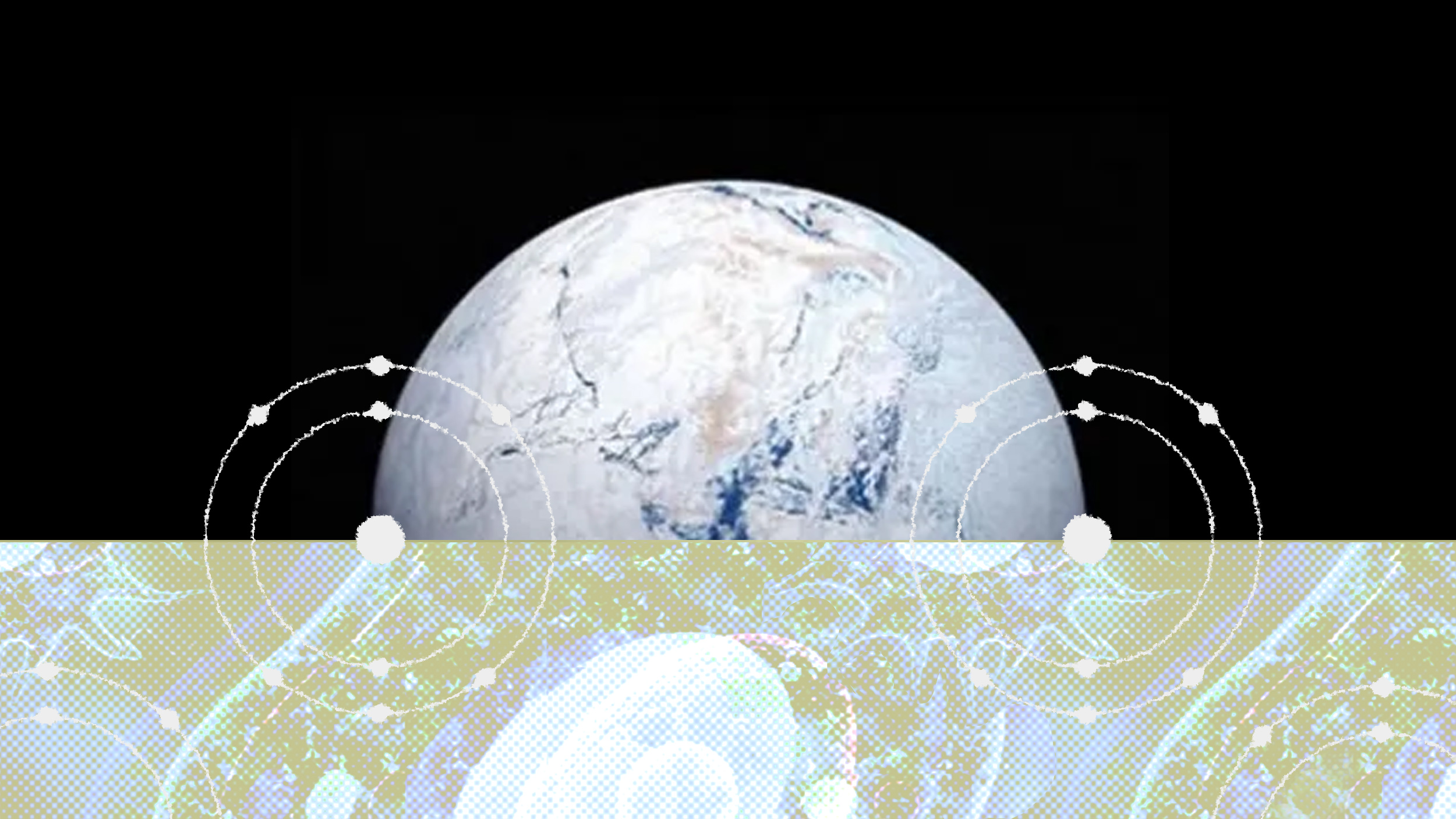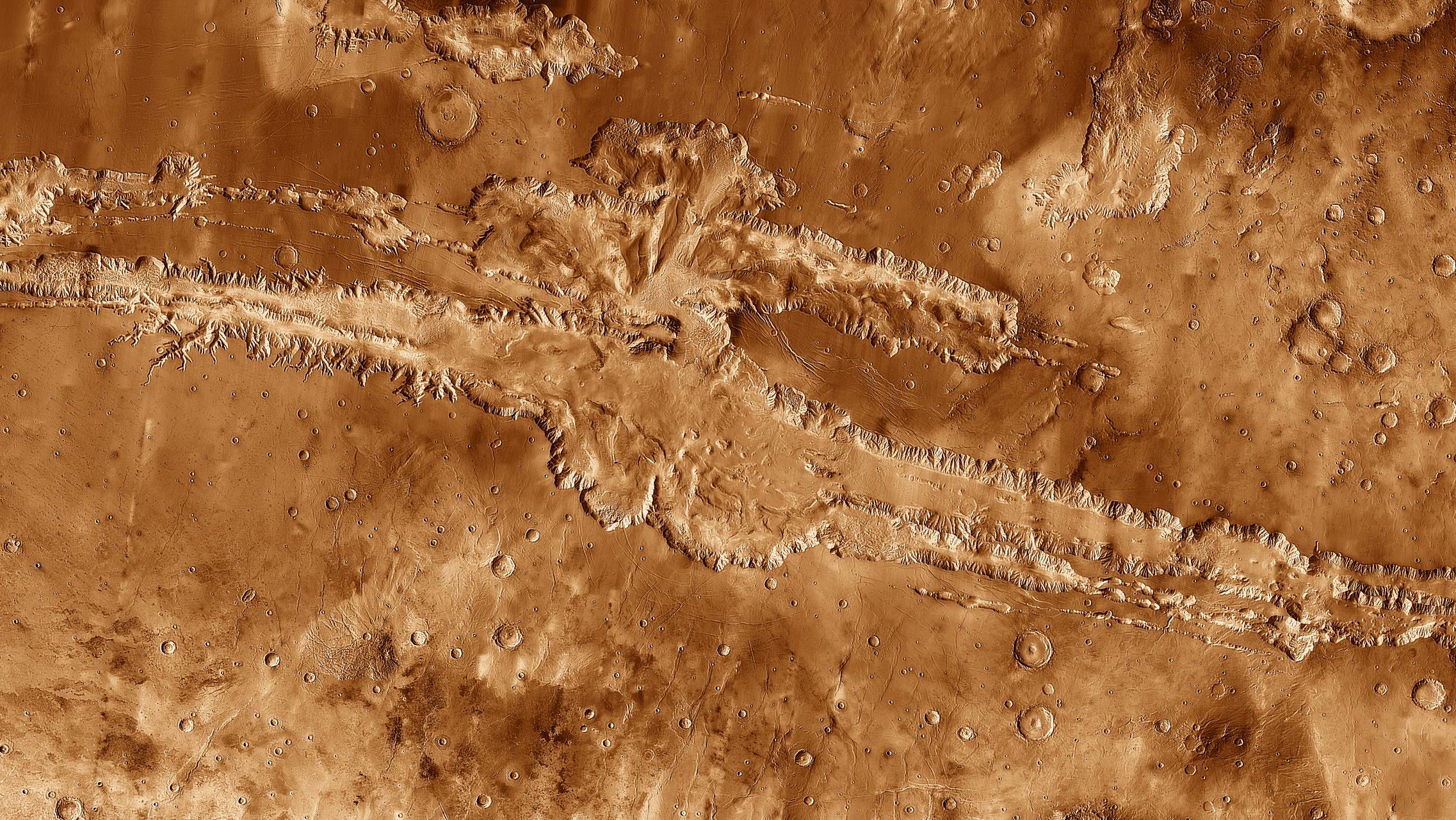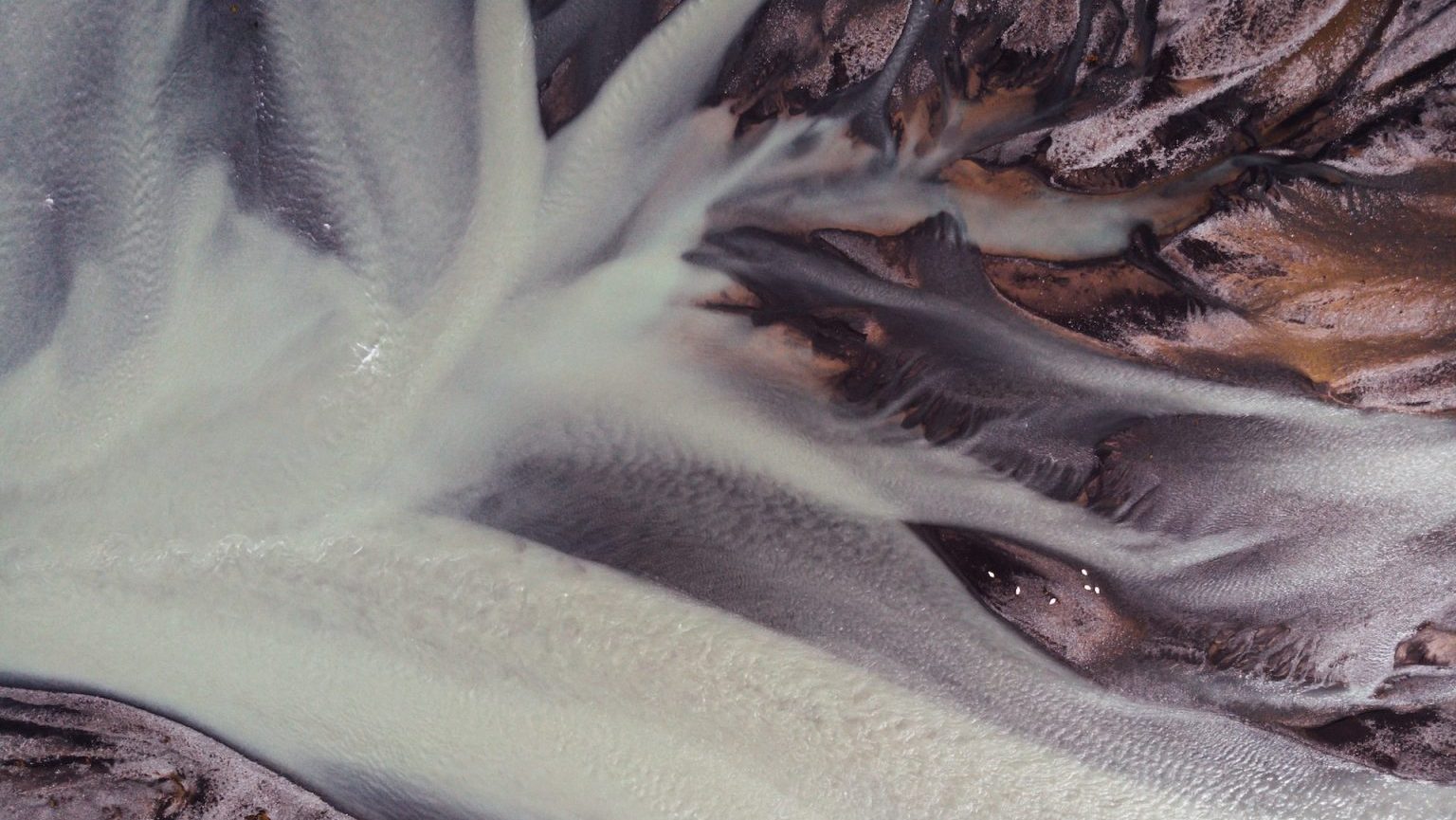Rumbling: New Zealand supervolcano needs to be monitored

- The Taupo volcano is a rhyolitic supervolcano, whose caldera is filled by the largest freshwater lake in New Zealand.
- About 26,500 years ago, the Taupo volcano generated the Ōruanui eruption, one of the most violent on record.
- A recent study found that the Taupo volcano was likely responsible for increased seismic activity in nearby areas, suggesting the need for increased monitoring.
From the shores of Lake Taupo, a large freshwater lake in the center of New Zealand’s North Island, visitors would have a hard time discerning the geological anomaly lurking below the surface: the Taupo volcano.
Around 26,500 years ago, the supervolcano produced one of the most powerful eruptions in geological history, spewing 750 cubic miles of ash and pumice into the air, covering far-away islands with inches of ash and forever changing the topography of the nation. The Ōruanui eruption was so strong that the volcano collapsed in on itself, forming a 360-foot-deep caldera that’s now mostly filled by Lake Taupo.
The Taupo volcano has since remained active. It last erupted about 1,800 years ago, filling nearby valleys with so much ignimbrite that the valleys were leveled out. But like all volcanoes, its activity isn’t limited to magmatic eruptions; it also includes earthquakes and ground deformation, which can occur without eruptions.
A study recently published in the journal Geochemistry, Geophysics, Geosystems found that the Taupo volcano underwent a period of unusually high volcanic unrest in 2019. The results don’t suggest a supereruption will occur anytime soon, but it’s possible that the Taupo volcano system could produce smaller eruptions in the near future, highlighting the need for improved monitoring techniques.
Taupō supervolcano and caldera – Ōruanui eruption, 25,500 years agowww.youtube.comVolcanic unrest on North Island
It was no secret that powerful underground processes have been at work on New Zealand’s North Island. After all, the region near the Taupo volcano was struck by more than 750 earthquakes in 2019 alone. But it wasn’t immediately obvious that those earthquakes were caused by the sprawling volcano system; local tectonic processes unrelated to the magmatic system could have caused the quakes.
To determine the cause of the unrest, the researchers behind the new study analyzed data on the time, location, and magnitudes of recent earthquakes on North Island. The analysis showed that the likely cause of the 2019 earthquake “swarms” was an inflating magma reservoir about 3.1 miles below ground.
“This inflation was contemporaneous with the earthquake activity that was occurring at both the NE and SW edges of the broader magma reservoir,” the researchers wrote. “We suggest that the reason for this seismicity distribution is that in the aseismic region below the Horomatangi Reefs the brittle-ductile transition is very shallow due to the presence of a large magma reservoir.”
Will Taupo erupt soon?
Because volcanic activity can signal imminent eruptions, the researchers noted that New Zealand officials probably should have issued an alert for “minor volcanic unrest.” However, they acknowledged that it would have been difficult for officials to determine the cause of the earthquakes in real time. After all, it’s not easy to monitor volcanoes, especially Taupo, much of which lies under a 238-square-mile lake. It’s even harder to forecast eruptions. One key reason is that volcanic unrest alwaysprecedes eruptions, but eruptions don’t always follow volcanic activity.

Since the Ōruanui eruption, the Taupo volcano has erupted at least 28 times, the most powerful of which was the eruption that occurred around the year 232. What are the chances of Taupo erupting with similar force in our lifetimes? Not great. A 2020 paper published in Earth and Planetary Science Letters put the annual odds of such an eruption occurring over the next 500 years between 0.5 and 1.3 percent. Magma needs more time to accumulate before a super-eruption is likely.
Still, volcanic eruptions worldwide have killed about 2,000 people since 2000, 22 of whom died when a stratovolcano on New Zealand’s White Island erupted in 2019. The researchers behind the new study said their findings highlight the need for improved monitoring techniques.
“Our findings show that Taupo needs to be carefully monitored to better understand the processes at depth and the factors that might cause similar unrest to escalate into an eruption in the future,” the researchers wrote.





